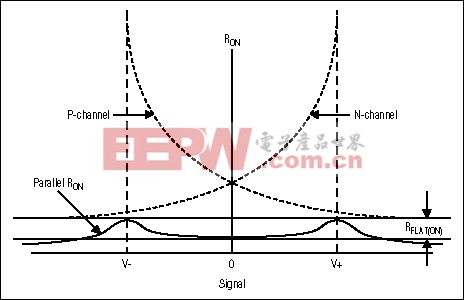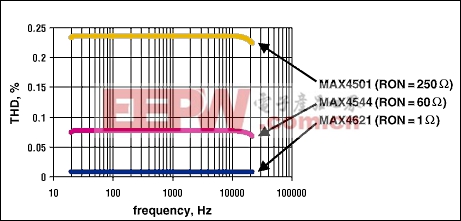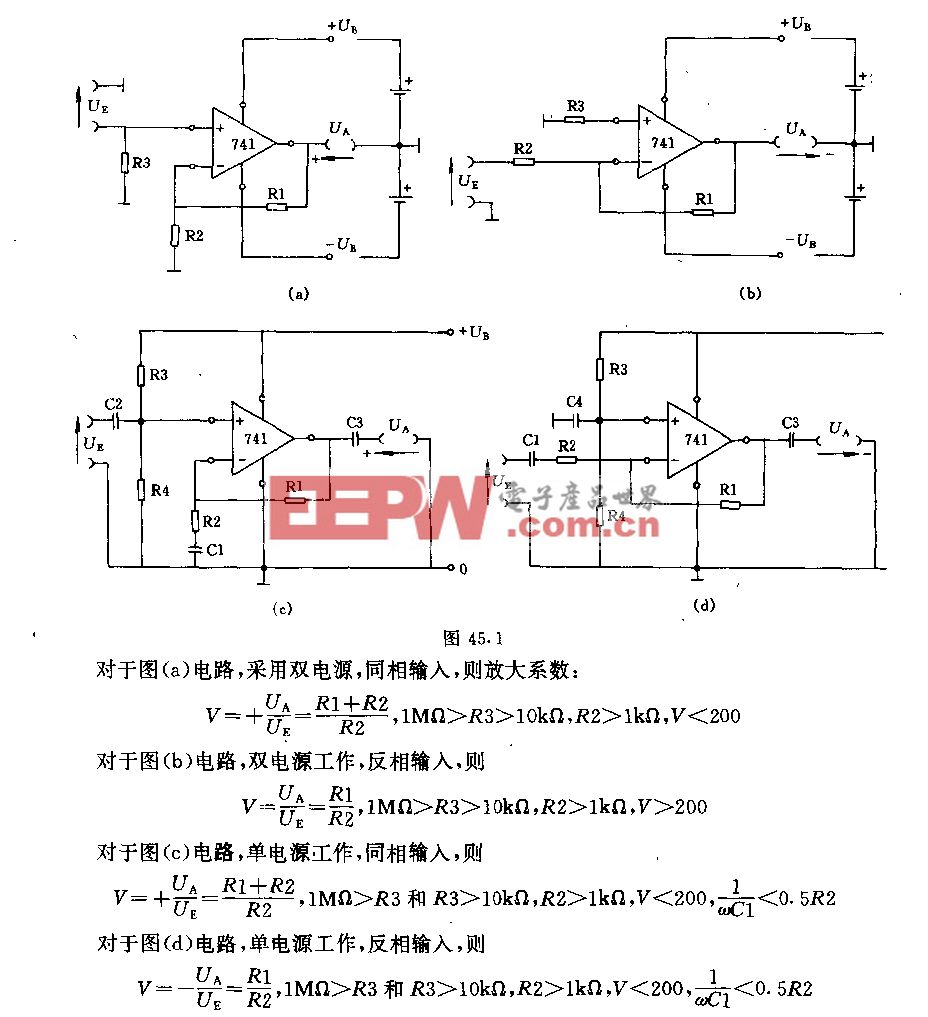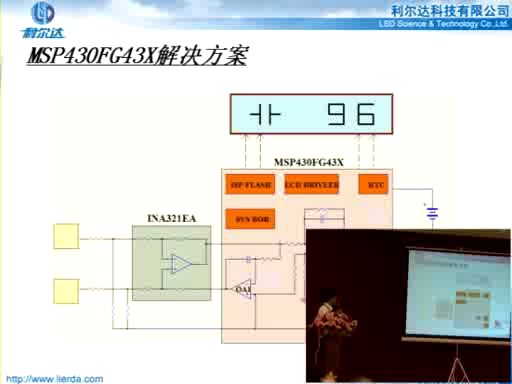最大限度地減少總諧波失真貢獻(xiàn)的模擬開(kāi)關(guān)在音
THD specification plays a critical role in determining the quality or fidelity of audio signals passing through or generated by audio systems. Thus, when designing audio systems, importance must be placed on selecting the proper components and board layout to minimize THD.
When passing a signal through a switch, the switch must not degrade signal integrity or introduce any new information onto the desired output signal. Any change in waveform is considered to be distortion and is obviously undesirable and also impossible to avoid, and thus must be minimized.

Figure 1.

THD is defined as the square root of the ratio of the sum of all of the squared second, third, and higher harmonics to the magnitude of the fundamental harmonic.
Selecting an analog switch with a minimum THD requires one with low on-resistance (RON) and consequently low on-resistance flatness (RFLAT(ON)). Some analog-switch data sheets neglect to specify flatness, but it can be assumed to be approximately 10% of the on-resistance. Flatness is defined as the difference between the maximum and minimum values of on-resistance as measured over the specified analog-signal range.

Figure 2. RFLAT(ON).
The on-resistance curves are determined by the length L, width W, electron and hole mobility (μn and μp, respectively), oxide capacitance COX, threshold voltage VT, and signal voltage VGS (VIN) of both MOSFETs.


As illustrated above, the on-resistance for the PMOS and the NMOS are in parallel, resulting in resistance R, which is a nonlinear function. The source of distortion arises from parallel PMOS and NMOS in series with constant load, causing a nonlinear attenuation of the signal passing through the switch. With multiple switches, THDs will add together. The following schematic shows this resistor-divider relationship of the switch and the load.

Figure 3.
In practical terms, maximum THD is determined by the following equation:

As observed in Figure 2, parallel RON, and therefore RFLAT(ON), can vary depending on the analog input signal, and maximum THD will occur at the greatest difference between the maximum and minimum values of the parallel RON. Therefore, an analog input signal operating about a point below the maximum value will experience a lower THD.
Three different switches are shown below along with their on-resistance and corresponding measured THD. A standard test load of 10 kilohms was used to obtain the plot.

Figure 4. THD vs. frequency.
In audio systems, impedance loads of 1200, 600, 36, 32, 16, 8, 4, and 3 kilohms will be encountered, and, especially with very low impedances, on-resistance flatness (RFLAT(ON)) must be taken into consideration to minimize THD. Equation 4 will provide a starting point in selecting an analog switch if THD is the highest priority.









評(píng)論